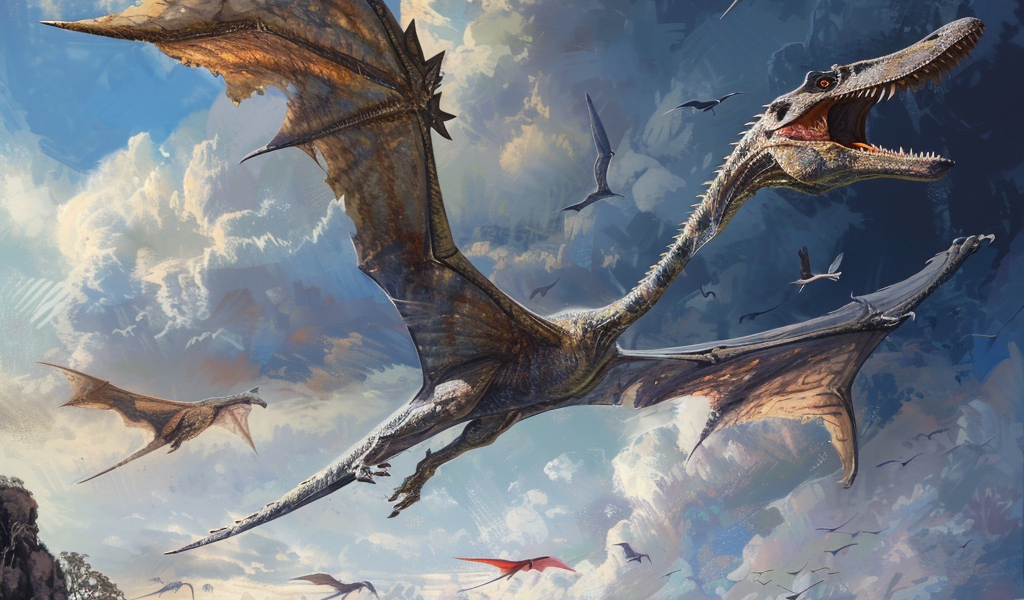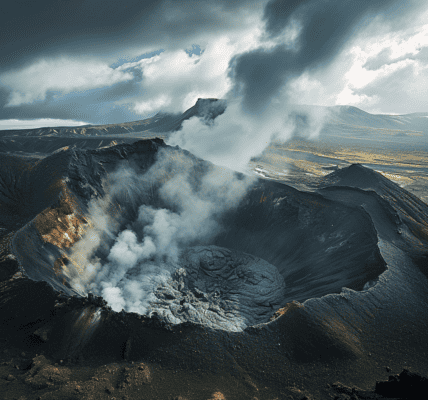Fossils of a remarkable flying reptile, known as the ‘sea phantom,’ have been unearthed in Queensland, Australia. The discovery sheds light on a pterosaur named Haliskia peterseni, which lived around 100 million years ago during the Cretaceous Period, alongside dinosaurs and marine reptiles.
Haliskia boasted a wingspan of 15 feet (4.6 meters) and had distinctive features such as a bony crest on its upper and lower jaws, along with spike-shaped teeth suited for capturing marine prey like fish. This pterosaur is considered one of the most complete ever found in Australia, with 22% of its skeleton recovered, including lower jaws, throat bones, teeth, vertebrae, ribs, wing bones, and part of a leg.
The study, led by Adele Pentland, a paleontology doctoral student at Curtin University, highlighted the significance of this find. The fossils provide insights into Haliskia’s anatomy, suggesting adaptations for hunting live prey like fish and squid-like cephalopods. The presence of throat bones in the specimen indicates a potential advantage in trapping prey.
Haliskia’s discovery adds to the understanding of anhanguerians, a pterosaur group found in various parts of the world. Compared to the closely related Ferrodraco, Haliskia is slightly larger and older, dating back 100 million years. The name ‘Haliskia’ translates to ‘sea phantom,’ reflecting the creature’s likely imposing presence in the ancient skies above the Eromanga Sea.
Pentland expressed amazement at the preservation of delicate throat bones in the Haliskia specimen, emphasizing their rarity and fragility. The find contributes valuable information to the field of paleontology, offering a glimpse into the prehistoric ecosystem of Australia when vast inland seas dominated the landscape.





